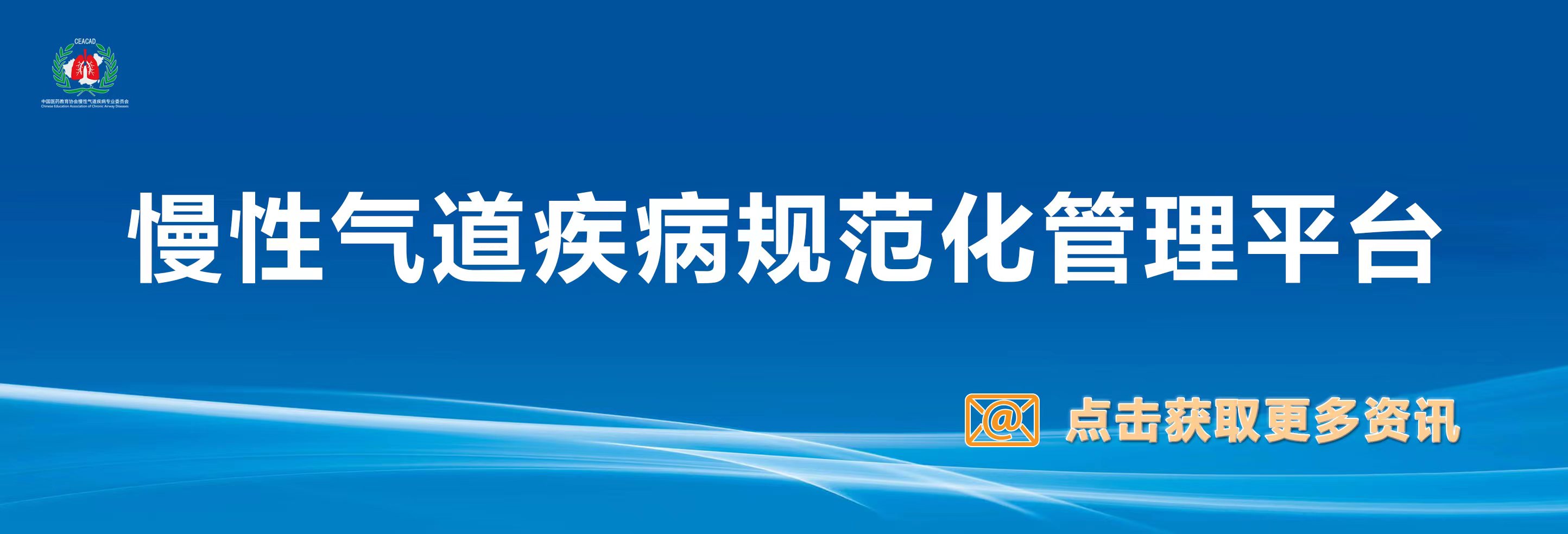早期临床缓解与延缓肺功能下降和降低哮喘急性加重风险相关
2025/06/16
背景: 尽管哮喘管理取得了显著进展,许多患者仍然面临较差的疾病控制、肺功能下降和频繁的急性加重。临床缓解(CR)被提出作为一种新的治疗目标和长期结果的替代标志。
目的:旨在评估吸入性糖皮质激素(ICS)治疗后1年内实现早期临床缓解是否会影响哮喘患者的肺功能下降和急性加重风险。
方法:共纳入492名在韩国两所教学医院接受ICS治疗的哮喘患者。根据是否在ICS治疗1年内实现临床缓解,分为早期临床缓解组和非早期临床缓解组。早期临床缓解的定义基于一系列综合的标准,包括持续无急性加重、未使用全身性糖皮质激素、症状控制良好且ICS治疗后1年肺功能稳定或改善。主要结局是年均一秒用力呼气量(FEV1)下降率和中度至重度急性加重频率。
结果:实现早期临床缓解与较慢的年均FEV1下降显著相关(四项缓解标准,调整后的β=31.6 mL/年,p=0.001;三项缓解标准,调整后的β=15.7 mL/年,p=0.043)。在特定表型中,早期四项缓解标准在延缓年均FEV1下降方面的益处更加显著,包括高T2型、持续性气流受限、重度哮喘以及需要联合使用长效抗胆碱药的患者。早期四项缓解标准还与中度至重度急性加重的风险降低相关(调整后的风险比=0.591,p=0.011)以及重度急性加重的风险降低(调整后的风险比=0.508,p=0.025)。
结论:在ICS治疗1年内实现临床缓解与延缓肺功能下降和降低急性加重风险相关。这些发现支持把实现早期临床缓解作为哮喘的一个管理目标的重要性。
关键词:哮喘;用力呼气量;糖皮质激素;缓解诱导;呼吸功能测试;症状发作
文献来源:(Bae E, Park HJ, Park H, et al. Early clinical remission and its role in lung function decline and exacerbation in adult Korean patients with asthma. Thorax. Published online March 6, 2025. doi:10.1136/thorax-2024-222679)
Abstract
Introduction:Despite advancements in asthma management, many patients continue to experience poor disease control, lung function decline, and frequent exacerbations. Clinical remission (CR) has been proposed as a novel treatment target and surrogate marker for long-term outcomes. This study evaluates whether early CR at 1 year after inhaled corticosteroid (ICS) initiation influences lung function decline and exacerbation risk in asthma.
Methods:This retrospective cohort study evaluated 492 asthma patients treated with ICS at two teaching hospitals. Patients were classified into early CR and non-early CR groups. Early CR was defined based on a composite set of criteria, including sustained absence of exacerbations, no systemic corticosteroid use, symptom control and stable or improved lung function in the first year following ICS initiation. Study outcomes were the annual forced expiratory volume in one second (FEV1) decline and the moderate-to-severe exacerbations.
Results:Early CR was significantly associated with slower annual FEV1decline (4-component CR, adjusted β=31.6 mL/year, p=0.001; 3-component CR, adjusted β=15.7 mL/year, p=0.043). The benefits of early 4-component CR on attenuating annual FEV1decline were more pronounced in specific phenotypes, including type-2 high asthma, persistent airflow limitation, severe asthma and patients requiring add-on long-acting muscarinic antagonists. Early 4-component CR had a reduced risk of moderate-to-severe (adjusted HR (aHR)=0.591, p=0.011) and severe exacerbations (aHR=0.508, p=0.025).
Conclusions:Achieving CR within 1 year of ICS initiation was associated with improved lung function preservation and reduced exacerbation risk. These findings suggest the importance of achieving early CR as a clinical target in asthma management.
Keywords: Asthma; Forced Expiratory Volume; Glucocorticoids; Remission Induction; Respiratory Function Tests; Symptom Flare Up.
上一篇:
老年队列哮喘急性发作患者的共病模式及其预后影响
下一篇:
痰短链脂肪酸与阻塞性气道疾病气道微生物组、炎症和黏液栓密切相关









